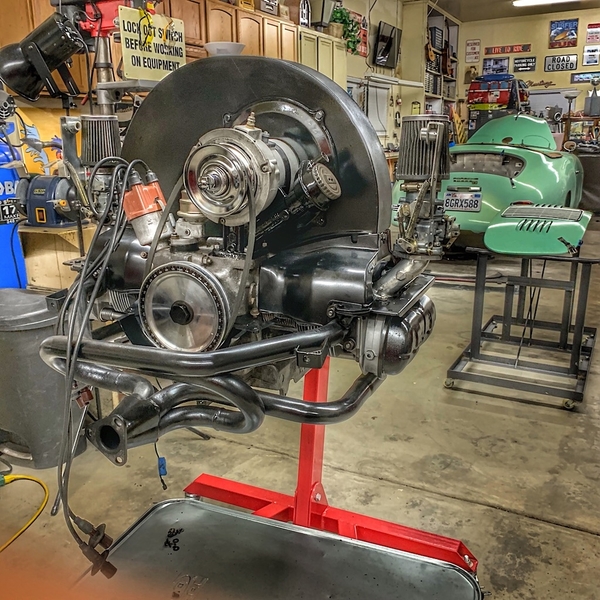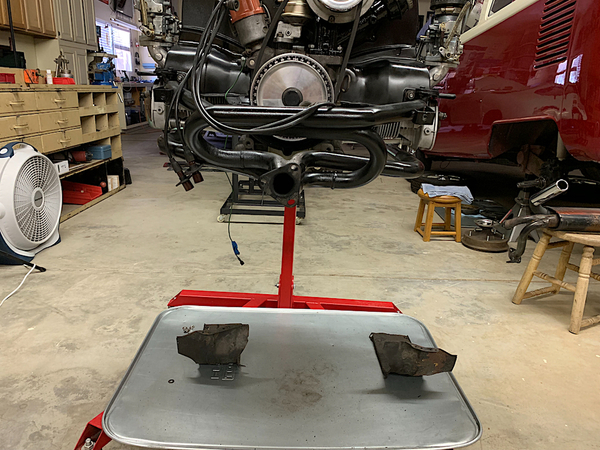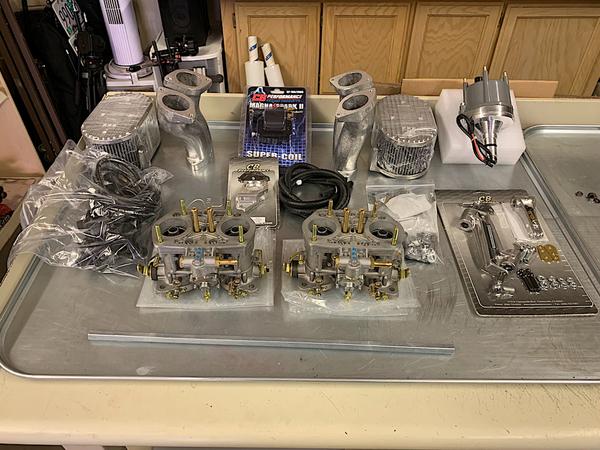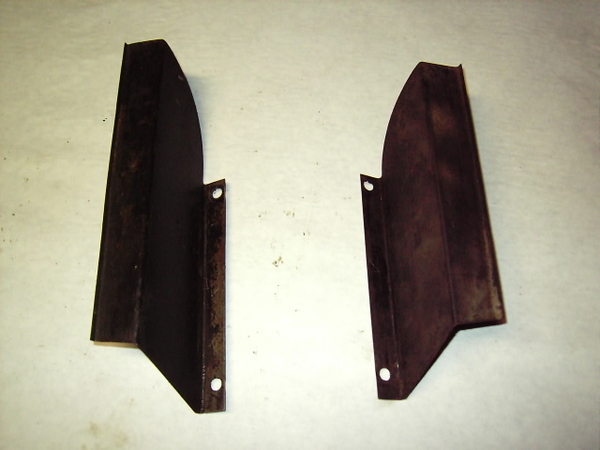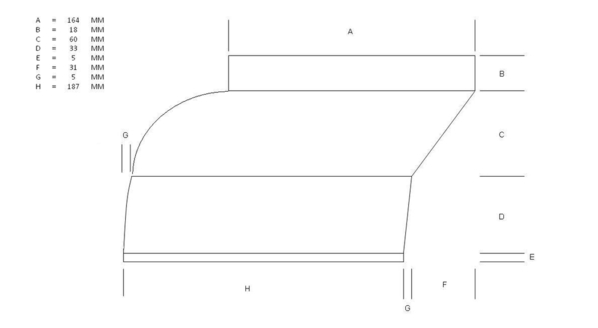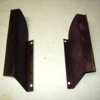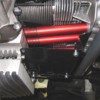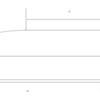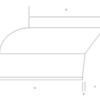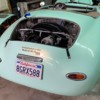Now this is a cool coincidence. I scoured the internet looking for distributor replacement and ended up at cbPerformance checking out their MagnaSpark II. After speaking with the sales rep guy “David” I was convinced this was the company I wanted to deal with. I’m new to the air cooled scene and still learning my way around the motor. David asked enough questions to help me with my decision.
I ordered the MagnaSpark II KIT version. I also ordered the dual Weber 40IDF kit dual carb setup. Those of you that have been following my build thread, I have the motor all back together (minus the MagnaSpark and Weber’s) hopefully this Friday I’ll have it fired up on my test stand.
So what’s the cool coincidence? I listen to this podcast called “Let’s Talk Dubs” on episode 27 they interview Pat Downs @BigPower of cbPerformance which I at the time did not know is a member here. The same man who designed the MagnaSpark!
I have a 4 day weekend coming up, my goal is to get that motor running. I’ll report back fellas!


